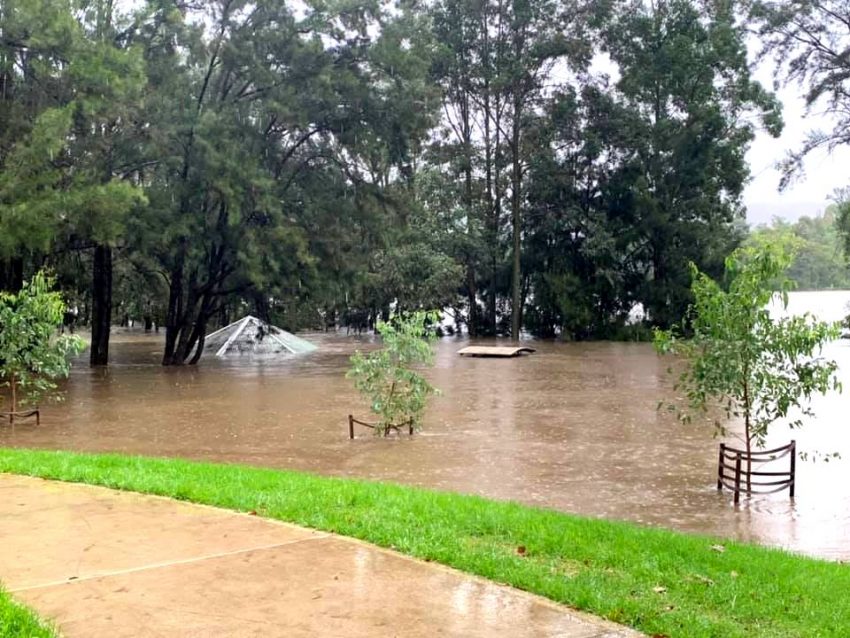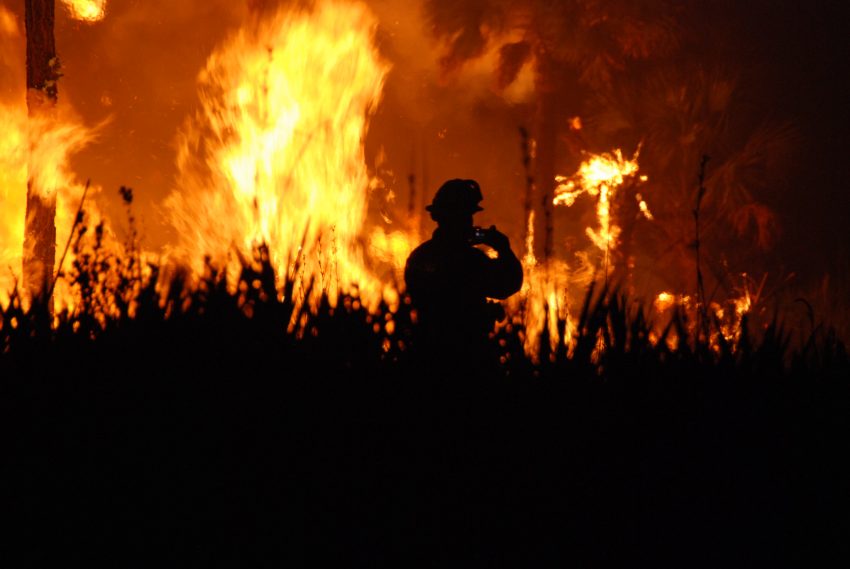Tropical Low Dumping Historic Rainfall on Northeast Queensland, Australia
A small but well-organized tropical low has been basically stationary near the northeast coast of Queensland for the past three days. Moist onshore flow has persisted throughout the period on the south side of the low. Favorable terrain features have enhanced rainfall rates up to 40-50 mm/hr (2″/hr), leading to serious flooding.
🚨🇦🇺 North Queensland Floods. 1 death confirmed in Ingham. Evacuation orders issued for Townsville suburbs. 2,000+ homes without power. Flooding expected to worsen. Australia pic.twitter.com/hmY6WCtWLj
— Weather Monitor (@WeatherMonitors) February 2, 2025
De fortes pluies orageuses engendrent des #inondations très importantes actuellement dans le Nord du Queensland en #Australie. La région de #Townsville est particulièrement touchée.
Vidéo via @DisastersAndI pic.twitter.com/eQ12Bm1Igf— Meteo60 (@meteo60) February 1, 2025
The heaviest rain bands have been affecting the area between Ingham and Townsville. Some stations in this zone have seen staggering totals upwards of 1,000 mm (40 inches) in the past few days. Rollingstone, QLD recorded 702 mm (27.6 inches) in just 24 hours leading up to Sunday morning alone. Three-day totals of 1,200 mm (47 inches) have been tallied there through Sunday afternoon. Even in this tropical environment, these prodigious rainfall amounts have overwhelmed streams and rivers. Major flood warnings are in effect for the Herbert, Haughton, Burdekin, Ross, and Bohle Rivers. Some of these rivers are expected to reach levels not seen in nearly 50 years. The surging flood waters have forced thousands to evacuate their homes in the suburbs of Townsville. These torrential rain bands are not expected to diminish until at least Tuesday morning, though hopefully they will shift slightly away from the hardest-hit areas. Lead photo courtesy Wikipedia contributor Shaqueeta.



